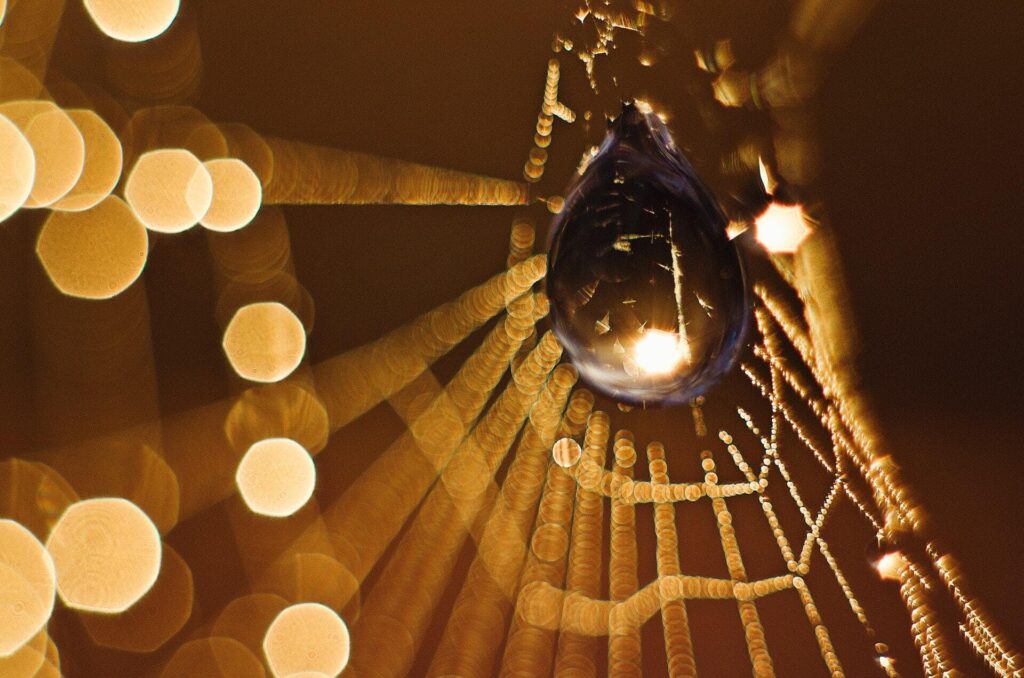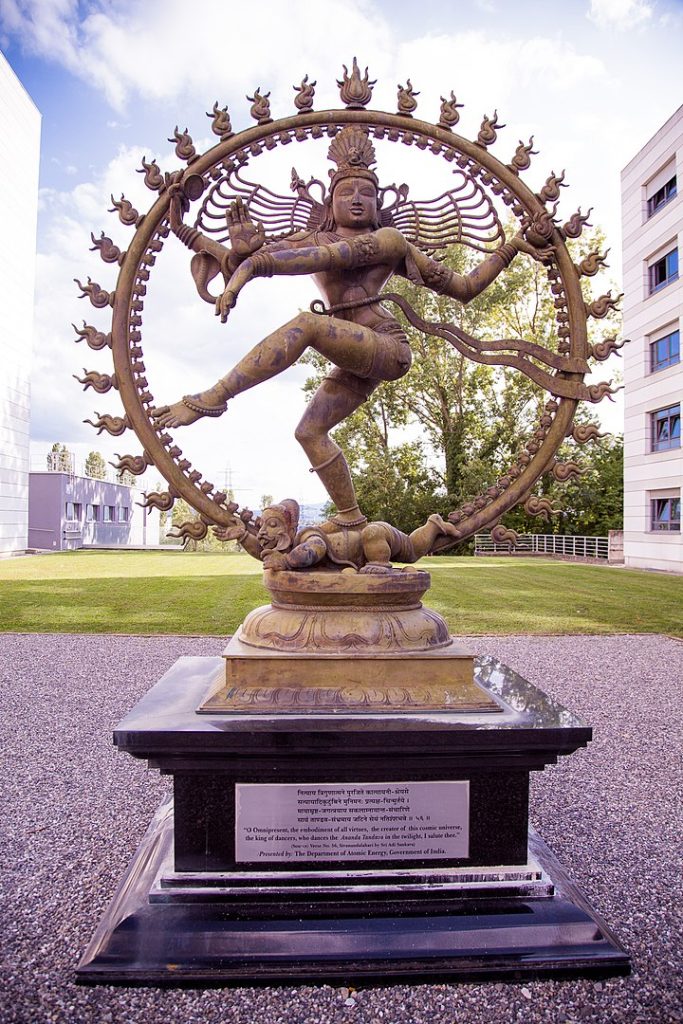What seems to get lost in the Atheist-Theist debates is just how different the respective worldviews are. Theists and atheists seemingly fail to notice the absence of other religions like Buddhism in this debate.
Here I contrast what I know about two differing worldviews that affect debates and conversations about religion and philosophy.
In the book ‘The Geography of Thought: How Asians and Westerners Think Differently…and Why Richard Nisbett argues that ‘people actually think about—and even see—the world differently because of differing ecologies, social structures, philosophies, and educational systems that date back to ancient Greece and China.
The difference in worldviews can be seen in two metaphors, and the language we use to convey them. This idea I grasped from educator Alan Watts. He points out there are three, possibly four paradigms to understand cosmos.
The ones we’re concerned with are the; Artefact model vs the Organism model.
Artefact model – Object Based Thinking

The traditional Western metaphor for the cosmos is that of an Artefact, like a Pot, painting or Watch. For example, the design argument for God says a Watch needs a Watchmaker, a pot needs a potter, etc. The cosmos must have a cause; a cosmos maker makes the cosmos. The Free Will Argument for God claims there has to be a god who makes choices; Fine-tuning says there has to be a fine tuner. Moral Laws require a moral lawgiver.
A watch requires a watchmaker
These arguments are based on ideas from Plato and Aristotle, further developed by later thinkers like Aquinas. They all use the same metaphor of manufacture, a creator/designer making an object. It picks up on the Subject-Object duality of Western thought. Subjects like ourselves manipulate Objects with our ability to make choices, our will or agency.
Organism – Network Based Thinking

The Organism model is that of a Web or Net; every thread is interconnected with other threads. Therefore, the cosmos is like a tree, a self-organising complex system. The cosmos unfolds by itself through the interplay of these connections; like an organism, it has a ‘life of it’s own’. It exists beyond origin or outside control—a network of interrelations changing of their own accord.
‘A tree does not require a tree maker, therefore a cosmos doesn’t require a cosmos maker.’
Eastern religions don’t see anything as separate; the cosmos is an interconnected web of causes and conditions, always changing, nothing lasting, this is Annica, or Impermanence.
| Western Tradition | Eastern Tradition |
|---|---|
| Artefact Metaphor | Organism Metaphor |
| Hierarchies, like the folder system in Windows. | Web image of the cosmos. Interdependent Co-Origination. |
| Aristotle, Plato | Inspired by Hinduism, Buddhism, Daoism |
| Essences and Essentialism | Anti Essentialism |
| Self | Non Self – Anatman or Sunyata |
| Linear Causality is often mentioned | Circular time |
| Dualism, between the Cosmos and God exterior to it. Natural – Supernatural. | Non-Dualism |
| Permanence | Impermanence |
| Naïve Realism. Seeing ideas as reality, ideas of the supernatural as real. | Two Truths Doctrine |
| Finely tuned – Designed (by supreme being) | Self organised cosmos |
| Authority | Autonomy |
| Metaphysics | Spiritual minimalism |
| Bedrock of certainty | Ocean of uncertainty |
| People are basically sinful, evil, flawed | People are basically good |
A point worth making when comparing Western vs Eastern Cosmology is in the West, we think of time and the cosmos as following a linear path, with a beginning and end. But in Eastern religions, time is seen as circular. There is no beginning or end, just cycles of change, like the seasons.
The Journey of the West

Western thought has journeyed from Atoms like Billiard Balls in motion to complex quantum fields and self-organising networks like life. If the cosmos is a self-organising system, then there’s no need for fine-tuning by a fine tuner, no design by a designer, caused by a causer. The interconnectedness of existence also means no need for an essence to be found because none is there.
The Modern era is replete with Anti-Essentialist, Organism based thinking and rejecting separation and essence.
- The Physicist Alfred North Whitehead has Process philosophy seeing existence as processes, changes, and shifting relationships as the elements of the world.
- Complexity and chaos theories examine self-organising systems of life, economics, and the planet. For example the behaviour of swarms like a school of fish.
- Fractal geometry is mathematics with feedback loops.
- Darwin’s big idea is all life is interconnected, so evolution is based upon networks or webs of interconnection. Richard Dawkins wrote an essay, in response to a question. ‘What Scientific Idea is ready for Retirement’ His answer was Essentialism.
- In gardening, the soil and seed match decides if a plant thrives or dies, there’s an ecosystem of interactions at work here.
- System Thinking, System theory is a way of making sense of the world’s complexity by looking at it in terms of wholes and relationships rather than splitting it down into its parts, Holism, not Reductionism. It looks at both the sciences and humanities, like society and economics.
- Process theology is looking at God not through substances but through change and becoming.
- The brain is a massive web of interconnections; The Connectome is a map of the neurons of that connection brain.
I’ve even come across it in art circles. In the Ultimate Guide to Aesthetics, a Philosophy Now, an essay written by Michael Philips, ‘Can Philosophy Rescue the Art Word? points out why defining art is so tricky because we assume art has a separate essence. To understand art, it’s necessary to understand its context and history. ‘Music is the space between the notes‘, says Debussy, so music is the interconnection of notes.
Modern Cosmology now resembles the Eastern mode of thought: a network or web of interrelations such as in Buddhism with Dependant Origination and Indra’s Net. Quantum fields connect everything. We’re all made of the same stuff, matter, energy, and fields, and always in motion.
It’s no surprise to me to see outside the CERN laboratory in Switzerland there’s a statue of Lord Shiva, a deity of Hindus. It symbolises the interconnected, never-ending dance of reality, the Nataraja, or divine dance. The symbolism represents the similarities between science and Eastern thought.
The debate between Sean Carroll and William Lane Craig illustrated this point. Carrol pointed out how we have left Aristotle and Plato behind, even as WLC tries to use them to argue for a God.
Questions once necessary are now absurd; ‘What happened before the Big Bang?’ is meaningless because there is no before time. Other questions like ‘Why is the cosmos the way it is?’ or ‘Why does the cosmos exist? The answer means nothing when the question means nothing. Buddhists see no problem with not having the answers.
Closing Thoughts
Our understanding of the cosmos has moved on from the ancient Greeks with their essence or substance, moved and mover. It’s also moved on from previous scientific ideas of the Atomos or ‘uncuttable’ as the ground of all being. Modern ideas from physics, cosmology and complex systems seem far more like those of the Eastern religions of Indian and Chinese thought.
We believe our lives, the cosmos, have this underlying essence or bedrock, a Hypostasis, But what Buddhism is saying, especially Nagarjuna, is that it’s an illusion. In our insecurity, we try to bottle or squeeze reality into our ideas (reify) instead of changing our thoughts and ideas to fit reality. It’s what Professor Whitehead called the Fallacy of Misplaced Concreteness. Buddhists understand this grasping for certainty, clarity, and the suffering it causes.
The world has transformed from the Essentialist, foundational ideas of Plato and Aristotle, to the Anti-Essentialist views of Buddhism, Daoism and modern science. There’s no need for a creative all-powerful external agency like a God to create or manifest the cosmos. In philosophical terms, the Aesity (quality or state of being self-derived or self-originated) is not with God but with the cosmos. In Daoism, this is called Ziran (Chinese: 自然, Pinyin: zìrán) (of its own; by itself, it is spontaneous, free, in the course of events).
The cosmos is a self-organising system that unfolds of its own accord.
‘Form is emptiness, emptiness is form.
The Heart Sutra.
Emptiness is not separate from form, form is not separate from emptiness
Whatever is form is emptiness, whatever is emptiness is form.’
